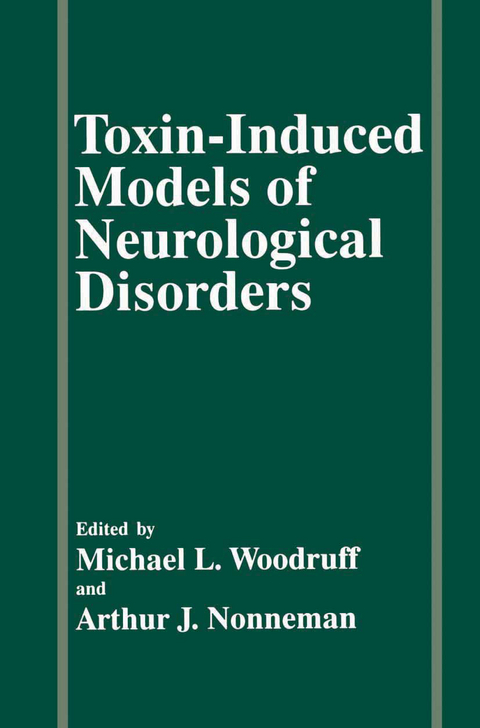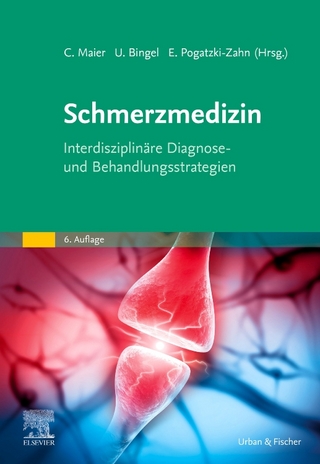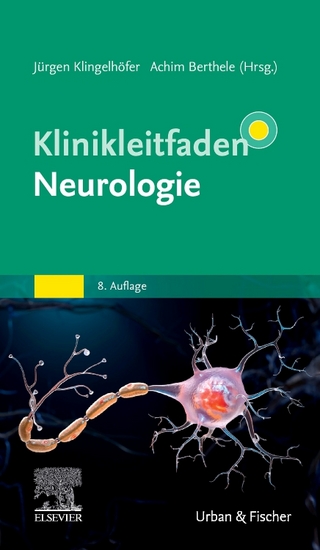
Toxin-Induced Models of Neurological Disorders
Springer-Verlag New York Inc.
978-1-4899-1449-1 (ISBN)
1 Animal Models and the Implications of Their Use.- 2 Strategies for Developing Animal Models of Neurotoxicant-Induced Neurodegenerative Disorders: Parallel Studies of Learning and Memory in Animals and Humans.- 3 Experimental Paradigms of Motor Neuron Degeneration.- 4 6-Hydroxydopamine Lesions of Nigrostriatal Neurons as an Animal Model of Parkinson’s Disease.- 5 MPTP-Treated Mice: A Useful Model for Parkinson’s Disease?.- 6 Behavioral Effects of MPTP Administration in the Vervet Monkey: A Primate Model of Parkinson’s Disease.- 7 Intranigral Iron Infusion as a Model for Parkinson’s Disease.- 8 Excitotoxic Lesions of the Neostriatum as an Animal Model of Huntington’s Disease.- 9 The Use of AF64A (Ethylcholine Aziridinium Ion) to Model Alzheimer’s Disease.- 10 Perinatal Intake of Polychlorinated Biphenyl (PCB): Alteration of Endocrine and Neurochemical Parameters Related to Alzheimer’s Disease.- 11 Aluminum Exposure Produces Learning and Memory Deficits: A Model of Alzheimer’s Disease.- 12 Trimethyltin Neurotoxicity in the Rat as an Analogous Model of Alzheimer’s Disease.
| Zusatzinfo | XXI, 344 p. |
|---|---|
| Verlagsort | New York |
| Sprache | englisch |
| Maße | 155 x 235 mm |
| Themenwelt | Medizin / Pharmazie ► Medizinische Fachgebiete ► Neurologie |
| Medizin / Pharmazie ► Medizinische Fachgebiete ► Pharmakologie / Pharmakotherapie | |
| Medizin / Pharmazie ► Pharmazie | |
| Naturwissenschaften ► Biologie ► Humanbiologie | |
| Naturwissenschaften ► Biologie ► Zoologie | |
| ISBN-10 | 1-4899-1449-8 / 1489914498 |
| ISBN-13 | 978-1-4899-1449-1 / 9781489914491 |
| Zustand | Neuware |
| Haben Sie eine Frage zum Produkt? |
aus dem Bereich


